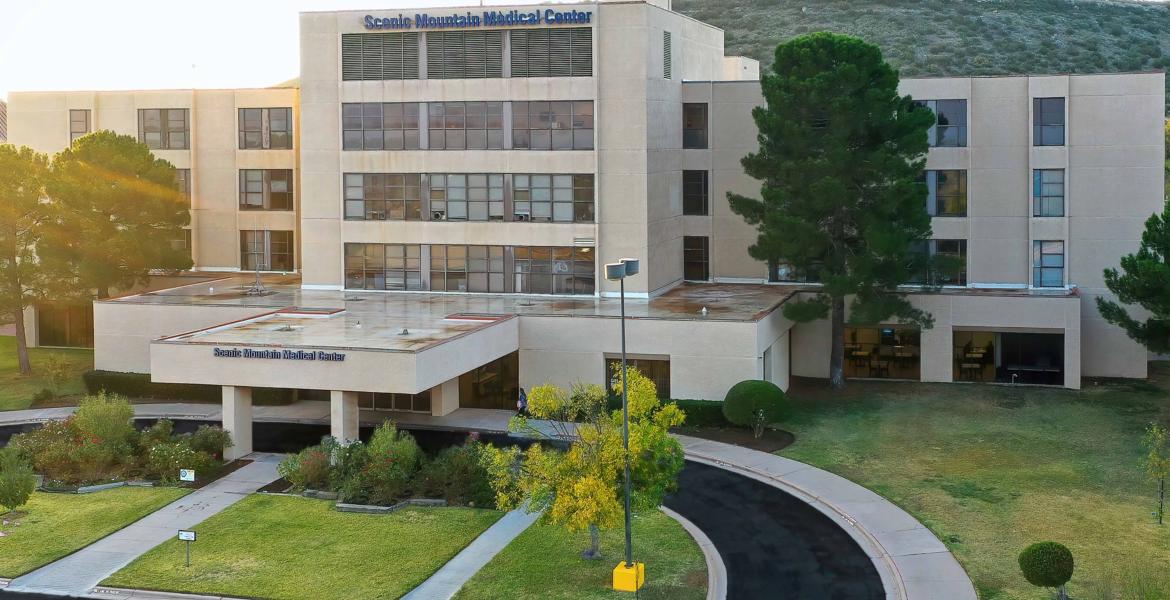SAN ANGELO, TX -- The City of San Angelo now has less than a two year supply of water and council members Tuesday will vote to enter drought level one restricting water usage and increasing water rates.
According to a report to the council, the water conservation and drought contingency plan includes trigger points for three different drought stages. Level one kicks in when the city has a 24 month water supply, level two kicks in when there is an 18 month supply remaining, and the most extreme level starts when the city has less than 12 months water supply remaining. In addition, water rates increase by a minimum of five percent for residential customers who use more than 2,000 gallons per month and all commercial customers.
The report says the Colorado River Municipal Water District projects O.H. Ivie water will be available to the city until August of 2019 and then the city will be dependent on groundwater from the Hickory Aquifer and local lakes which is projected to last until July of 2020.
If the drought persists to that point and the city is totally dependent on the Hickory Aquifer, there’s not enough water in the aquifer to meet the city’s needs.
The report says the criteria for entering drought stage one are met. Under drought level one, outside watering is limited to once a week from now until Oct. 31 and once every two weeks from Nov. 1 to March 31.
Also at Tuesday’s city council meeting, the council will meet in closed session to discuss city farm leases and to consult with the city attorney regarding water rights and contracts at Lake Nasworthy and operating the Santa Fe Golf Course. The lease of the city farm acreage east of the city where the waste water ponds are located. The Santa Fe Golf Course is irrigated using city water.
The San Angelo City Council meets in regular session at 8:30 a.m. Tuesday morning in council chambers at the McNease Convention Center. The meeting is open to the public.
Subscribe to the LIVE! Daily
Required






Comments
Lake levels supplied by the city indicate 64,020 acre ft remaining in local lakes. At a consumption rate of 13, 441 acre ft per year that works out to over 4 1/2 years of water remaining. This does not count hickory field water we are paying gazillions for. What do the bureaucrats want to do with the rest of our money? It seems new management at the head of the city is called for.
- Log in or register to post comments
PermalinkAccording to city lake level figures there are 64, 020 acre feet of water remaining in local lakes that we use. At a consumption rate of 13, 331 acre feet per year that works out to over 4 1/2 years of water remaining. What do the bureaucrats plan to do with the rest of our money? It seems that new management at the highest level in the city is called for.
- Log in or register to post comments
PermalinkListed By: Cajun Texan
Summertime evaporation usually exceeds municipal usage on large surface area reservoirs. I'm sure the city has those figures as well. Factoring in evaporation, 4.5+ years is not likely at all.
- Log in or register to post comments
PermalinkListed By: John Chinn
With his explanation on evaporation. The above normal temperatures we have had and predicted do not bode well for water conservation.
Data from Texas Water Developmet Board show average lake surface evaporation over past ten years (2008-2017) is 69.75 inches annually. During that time frame the low was 62.38 in 2008; high 84.29 in 2015.
Taking raw data and extrapolating it with out using all data leads to incorrect conclusions.
- Log in or register to post comments
PermalinkListed By: John Griffin
Just like every other time, the City raises rates to make people conserve. Then they get upset and start whining when we do when we do conserve and they
have no money coming in.
- Log in or register to post comments
PermalinkPost a comment to this article here: